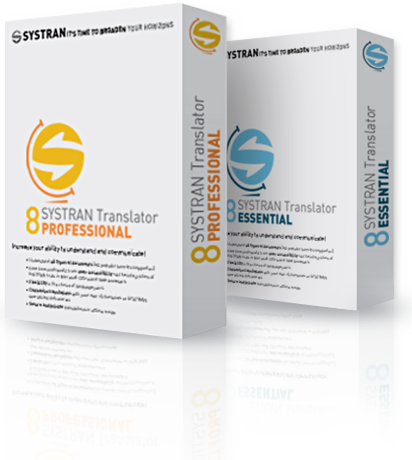

Users can also apply this priority when using the Find lookup operator if they do not want a sub-dictionary referenced in the operator to match. Use this priority to disable an entry without removing it. Priority 9 entries should never be used and will not display in alternative meanings. Priority 8 entries should never be given precedence but will display in alternative meanings. This priority will only impact Not Found Words. Priority 7 entries should be used only if there are no other entries matching from other dictionaries.

The order of use is defined by the dictionary order set in the Translation Options. Priority entries 4- 6 have has no precedence over longer expressions or grammatical rules and homographs from the SYSTRAN built-in dictionaries are preserved. Note that longer expressions with a lower priority (4-7) have precedence over a priority 3 entry. For two entries with priority 3, the dictionary order decides. Priority 3 entries have no precedence over longer expressions or grammatical rules, and homographs from the SYSTRAN built-in dictionaries are not considered. Priority 2 entries have precedence over longer expressions from the SYSTRAN built-in dictionaries, but not over grammatical terms (the ones only ruled out by priority 1). Use this priority carefully, since it can degrade the main translation by hiding grammatical terms, common expressions, or common homographs. Priority 1 entries have precedence over any other dictionary coding rule. Click Yes to delete the selected dictionary. Select a dictionary in the Open Dictionary panel.Ģ. Selections will be determined by the licensed language pairs you have.ġ. Source and Target Languages: Use the dropdown to select the source and target languages.The default priority can be changed for each entry by modifying the value in the priority column for each entry. The priority setting describes how the entry interacts with other entries and with built-in SYSTRAN rules. Priority: The Priority field allows you to set a default priority for each dictionary entry.Comments: Comments that may be helpful to users of this dictionary.Author: The name of the dictionary’s creator or owner.Enter a name that is descriptive of the dictionary content (for example, “General Info EN-FR”). Dictionary name: This name will be displayed when selecting a dictionary to be used for translation.Dictionary type : Use the dropdown to select the type (Normalizations, Translation Memories or User Dictionaries).Enter the settings for the new dictionary. The New Dictionary dialog box will display:Ģ. Publish the dictionary to be able to add it to your profilesġ.Modify the dictionary entries as necessary.Populate the UD with terms and phrases.

Create a User Dictionary ( ND, or TM) and define its properties.The following procedure summarizes the steps for creating a User Dictionary, Translation Memory or Normalization Dictionary: SYSTRAN Translator V8 is discontinued starting July 2022. More information hereĭictionaries can be set up to show grammatical confidence indicators, comments, and other linguistic characteristics.


 0 kommentar(er)
0 kommentar(er)
